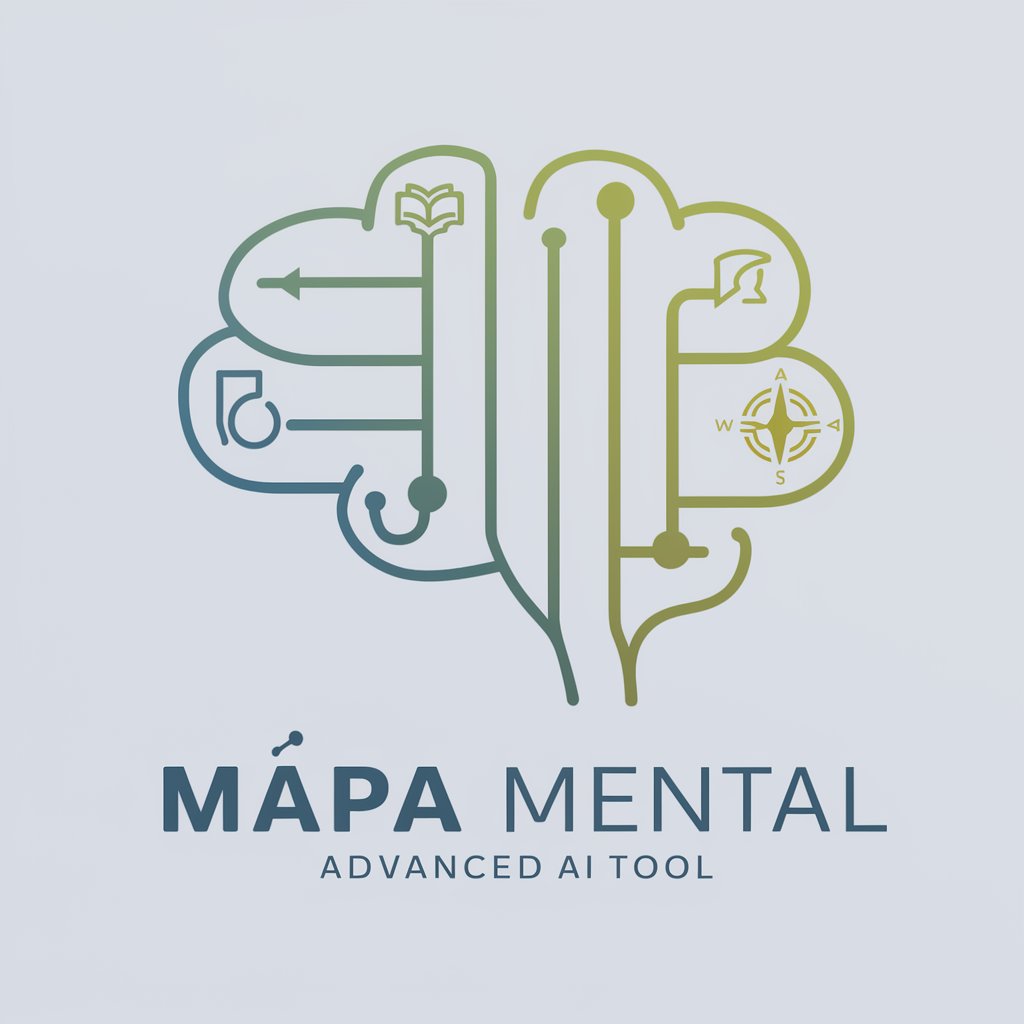
数学建模助手-AI-powered mathematical modeling tool
AI-driven solutions for complex mathematical models

精通数学建模及Python实现
请解释这个数学模型的原理。
这个数学问题该如何解答?
我该如何应用这个模型?
数学建模的这个步骤是什么意思?
Get Embed Code
Introduction to 数学建模助手 (Mathematical Modeling Assistant)
数学建模助手, or Mathematical Modeling Assistant, is an advanced tool designed to aid individuals and organizations in solving complex mathematical modeling problems. The core purpose of this platform is to provide users with the tools and methodologies necessary数学建模助手介绍 to approach real-world problems using mathematical modeling techniques. By leveraging algorithms, computational methods, and optimization tools, it allows users to model various systems (e.g., physical, economic, or social) and solve problems that are otherwise too complex for traditional manual methods. The platform typically integrates machine learning, data analysis, and simulation capabilities to enhance its problem-solving abilities. A typical example is in predicting traffic flow patterns in a city. The tool might take data on traffic conditions, roads, and timings to build a model that can simulate different scenarios and recommend the best strategies for managing congestion.
Main Functions of 数学建模助手
Mathematical Problem Formulation and Analysis
Example
A user wants to optimize production schedules in a manufacturing plant to minimize costs while meeting deadlines. The platform can formulate the problem mathematically, incorporating constraints (e.g., available resources, time) and objectives (e.g., minimizing costs).
Scenario
In a factory setting, the assistant could take input data on available machinery, labor, and product requirements, then build a mathematical model (e.g., linear programming) to provide optimal production schedules and strategies for cost数学建模助手功能解析 reduction.
Data Analysis and Simulation
Example
A research team is investigating how climate change may impact agricultural yields over the next few decades. The assistant uses historical weather data and crop yield information to simulate future scenarios under various climate models.
Scenario
Given historical climate data and crop performance, the assistant could simulate how temperature, precipitation, and other climate variables affect crop production over time. This can help inform policy decisions or adaptive strategies for farmers.
Optimization and Decision Support
Example
A logistics company needs to optimize its delivery routes for fuel efficiency. The platform uses optimization techniques such as genetic algorithms or dynamic programming to recommend the best routes based on various constraints such as delivery time, road conditions, and vehicle capacity.
Scenario
For an e-commerce company with thousands of daily deliveries, the assistant could take into account real-time traffic data, warehouse locations, delivery times, and vehicle types to suggest the most efficient routing plans, ultimately saving time and reducing operational costs.
Statistical Modeling and Forecasting
Example
A financial analyst wants to predict stock prices based on historical data and market indicators. The assistant builds a statistical model (e.g., time series analysis) to predict future stock movements.
Scenario
In financial markets, the assistant could analyze stock price data, economic indicators, and other relevant variables to create predictive models for stock prices. These models could be used by investors to make informed decisions or to develop risk management strategies.
Machine Learning Integration
Example
A healthcare organization wants to predict patient outcomes based on various factors (e.g., age, medical history). The assistant can apply machine learning algorithms to build predictive models and automate diagnostic processes.
Scenario
In medical diagnostics, the assistant could take patient data and use machine learning models (e.g., classification algorithms) to predict disease likelihood or recovery rates, helping doctors and healthcare professionals with better decision-making.
Ideal Users of 数学建模助手
Academics and Researchers
Academics and researchers in fields such as engineering, economics, physics, and computer science are primary users of Mathematical Modeling Assistant. These individuals are engaged in complex research that involves mathematical modeling, simulations, and data analysis. The assistant helps them by providing a robust platform for modeling problems, experimenting with different approaches, and improving the accuracy of their findings. It also streamlines the research process, saving time in data handling and analysis. For instance, an economics researcher might use the tool to model economic systems or predict the impact of policy changes.
Industry Professionals (Engineering, Logistics, Manufacturing)
Industry professionals working in sectors like engineering, manufacturing, logistics, and supply chain management benefit greatly from mathematical modeling tools. These professionals typically deal with optimization challenges, resource allocation, production planning, and systems analysis. Mathematical Modeling Assistant aids them in optimizing processes and improving efficiency by providing advanced algorithms and modeling techniques. For example, a manufacturing engineer could use the tool to design production systems that minimize waste and downtime while increasing throughput.
Data Scientists and Analysts
Data scientists and analysts working in diverse fields, including finance, healthcare, retail, and telecommunications, use mathematical modeling to analyze complex datasets, identify trends, and make predictions. The assistant provides a versatile toolset for conducting statistical analysis, building predictive models, and applying machine learning. In real-world situations, a data scientist at a retail company could use the tool to analyze customer purchasing patterns and forecast future demand for products.
Government and Policy Makers
Government agencies and policy makers rely on mathematical modeling for public planning, policy analysis, and forecasting. They use the assistant to simulate the impact of various policies on the economy, environment, or society. For example, city planners could use the assistant to model traffic flow, environmental impact, or urban growth, assisting in creating data-driven policies for sustainable development.
Healthcare Providers and Medical Researchers
Healthcare professionals and medical researchers are increasingly relying on mathematical modeling to analyze medical data, predict patient outcomes, and improve treatment strategies. The assistant can assist in building models for disease spread, patient recovery, or clinical trial outcomes. In a hospital setting, healthcare administrators could use the tool to predict patient admission rates and optimize resource allocation, ensuring better care delivery.
How to Use 数学JSON code correction建模助手 (数学建模助手指南Mathematical Modeling Assistant)
Visit the official website
Go to aichatonline.org to access a free trial of the 数学建模助手 tool without needing to log in or subscribe to ChatGPT Plus. This step allows you to explore the tool's capabilities without any initial commitment.
Select a modeling task
Once on the platform, choose a modeling task based on your needs. These could range from data analysis, simulation, optimization, to solving complex mathematical equations. Select a predefined task or enter a custom query based on your specific requirements.
Input your data or problem description
Enter the relevant data or describe the mathematical problem you need assistance with. This can include anything from raw datasets, statistical data, algebraic formulas, or an overall project outline that requires a mathematical model.
Generate the model and receive results
The tool will process your input and generate a mathematical model. You’ll be able to view the analysis, graphs, and solutions immediately. The output might include equations, plots, or predictive modelsJSON code correction depending on your query.
Review and refine
Evaluate the results generated by the tool. You can tweak your input data or parameters to refine the model and improve accuracy. The platform often allows iterative model adjustments to fit more specific requirements or edge cases.
Try other advanced and practical GPTs
专业学术论文写作助手
AI-Powered Writing Support for Scholars

Amazon Seller Suspension Appeal Assistant
AI-powered Plan of Action writer for Amazon reinstatements

책을 써주는 챗봇 | BookGenie1
AI-Powered Writing Made Effortless.

Mapa Mental
AI-powered idea mapping for deeper thinking

TradingView Indicator & Strategy @DaviddTech
AI-powered Pine v5 generator for TradingView

Wissenschaftliche Texte für Bachelorarbeit
AI-powered writing assistant for academic texts.

Excel Template Creator
Create Custom Excel Templates with AI

APA Wizard
AI-powered APA formatting and citation tool.

Scientific Calculator
AI-Powered Scientific Calculator for Complex Equations

听写助手
AI-powered transcription made easy.

Proposta Única de Vendas
AI-Powered Sales Proposal Generator
QT 专家
AI-powered content generation for all needs.

- Data Analysis
- Optimization
- Statistical Modeling
- Simulation
- Predictive Modeling
Common Questions About 数学建模助手
What types of problems can 数学建模助手 solve?
数学建模助手 is versatile, capable of solving problems related to optimization, data analysis, statistical modeling, machine learning, and simulation. It's useful for both simple and complex mathematical tasks, including predictive analytics, regression analysis, and system optimization.
Do I need any prior mathematical knowledge to use it?
No, the tool is designed to be user-friendly and does not require advanced knowledge of mathematics. It’s suitable for both beginners and experts. The system will guide you through the necessary steps, and you can adjust complexity as needed.
Can I upload my data into the tool?
Yes, you can upload datasets in common formats like CSV, Excel, or JSON. The tool can process these datasets directly to create mathematical models, perform analysis, or generate predictive outputs based on your data.
Is the tool suitable for academic research?
Absolutely. 数学建模助手 is an excellent resource for academic writing, research, and projects. It supports both theoretical mathematical modeling and practical problem-solving, making it valuable for researchers across disciplines like engineering, economics, and computer science.
Is there a free version of the tool?
Yes, you can access a free trial of the tool without signing in or subscribing to ChatGPT Plus. This free version provides limited access, which is perfect for experimenting with different features and understanding the capabilities of the platform.






